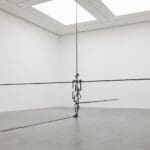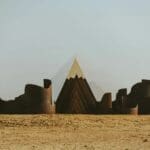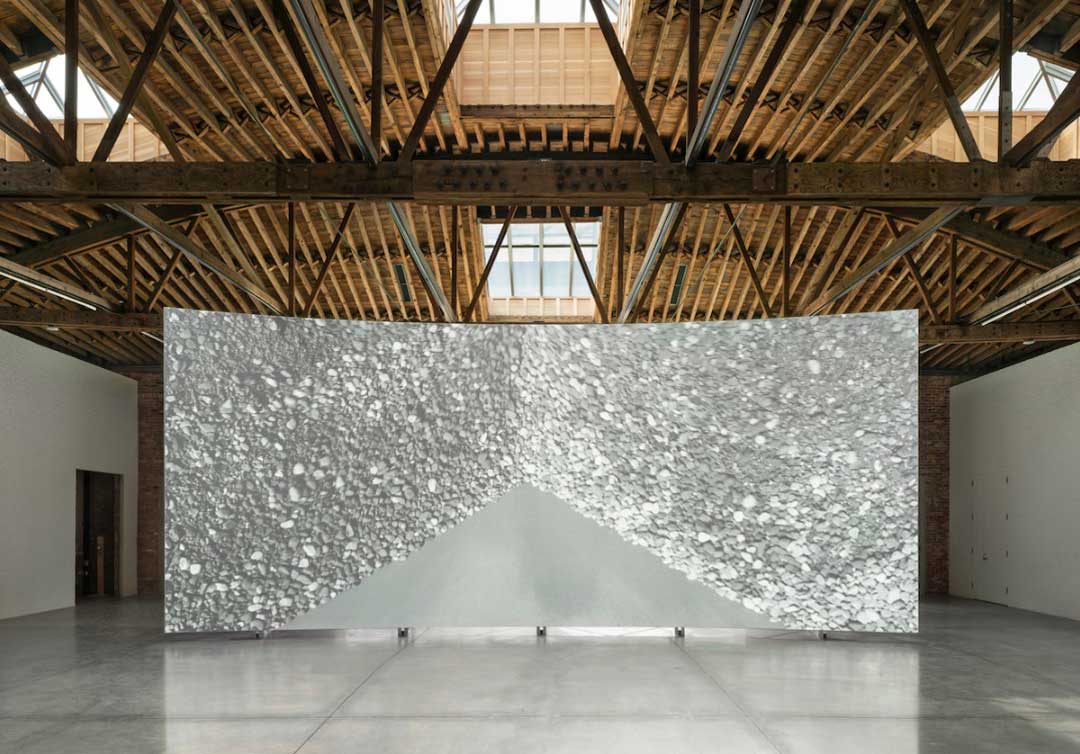Recent Posts
Return to: 3D & Sculpture Art Group
Crystal-clear layers of aqua-tinted glass form...
Since the 1960s, British artist Antony...
Gracefully stacked atop humble wooden shapes,...
This year’s sculpture exhibition brings together...
A bridge in the middle of...
For more articles and information on this, please click here to visit Abstraction Academy “News & Events“.







